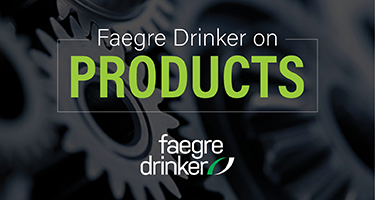There are few legal phrases more fun to say than “ipse dixit.” The phrase is most commonly used in motions to exclude experts who base their opinions on nothing more than their own say so. As the Court noted in General Electric Co. v. Joiner, 522 U.S. 136 (1997), an ipse dixit – Latin for “he said it himself” – leaves an impermissible “analytical gap” between the expert’s opinion and the facts on which it is based. But ipse dixit arguments can and should stretch beyond just the “basis” part of the expert argument. Courts should also exclude experts who provide unsupported and self-serving testimony to suggest that their method is accepted generally in the community.
That is precisely what happened in Knepfle v. J-Tech Corporation, 2022 WL 4232598, — F.4th — (11th Cir. 2022). Plaintiff was injured in a motor vehicle accident when she ran her motorcycle into the side of a vehicle that had turned in front of her, causing her to be thrown from the motorcycle. Although the helmet she was wearing protected her head during the initial impact with the other vehicle, she alleged that it came off and failed to protect her head when it struck the pavement. She brought product liability claims against multiple defendants in the manufacturing and distributing chain of the helmet.
Continue reading “Ipse Dixit – It’s Not Just for Analytical Gaps Anymore”

